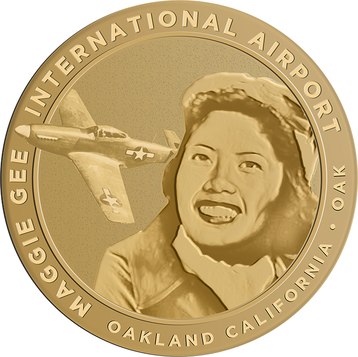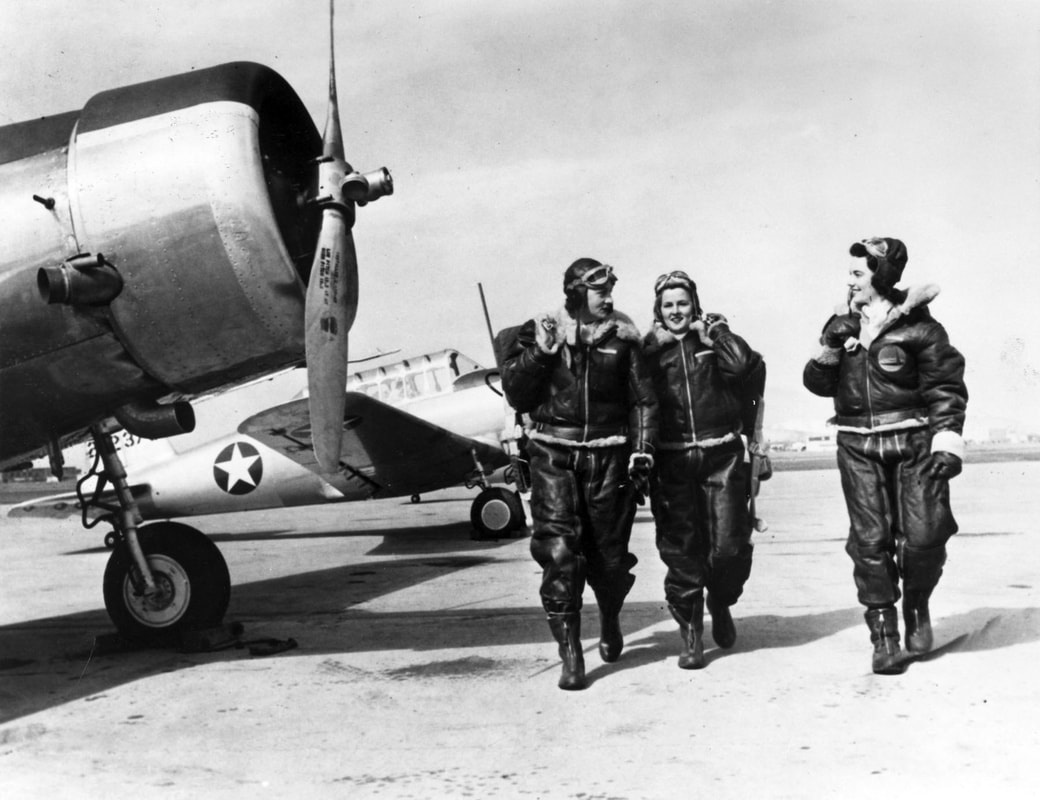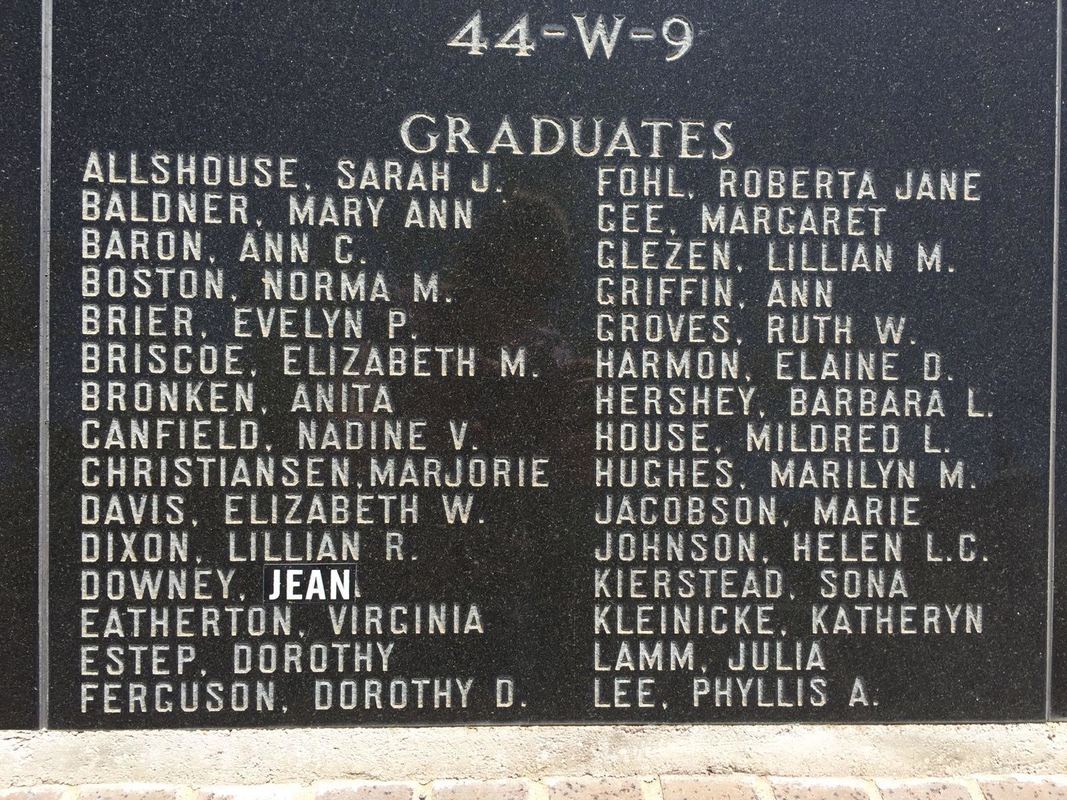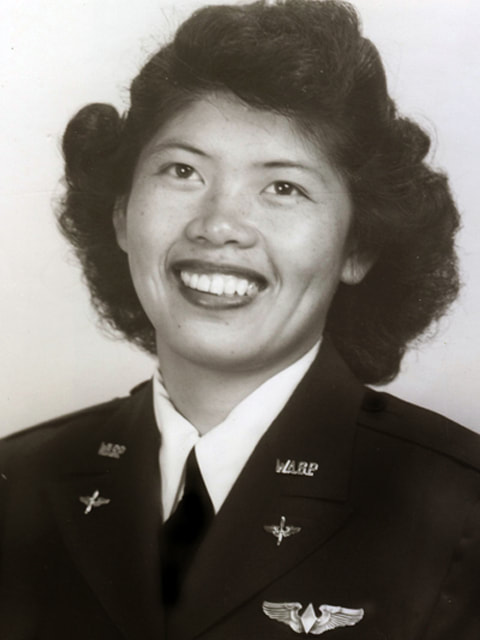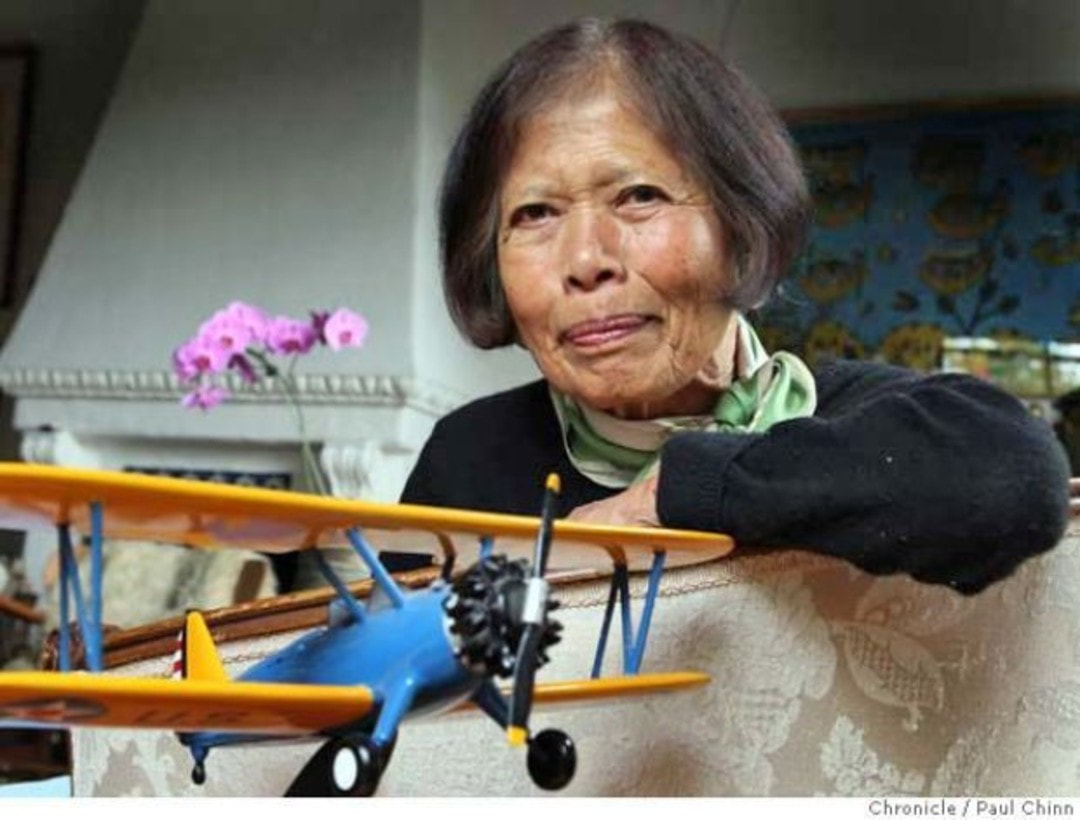Maggie Gee
International Airport
|
American women have been integral to the history of aviation from the very beginning. From Harriet Quimby and Bessie Coleman to Amelia Earhart and beyond. Despite this, and despite American women's innumerable other contributions, there is not a single international airport in the United States named after a woman. We think it's time to change that. |
